2012.05.22 14:55
the ethics of parametricism/emergent architectural thought and reification
...ethicality is not an issue because I'll freely admit to using "parametrics" just to see what geometries might emerge, especially by stepping outside of the "expected" process.
2012.05.23 09:58
the ethics of parametricism/emergent architectural thought and reification
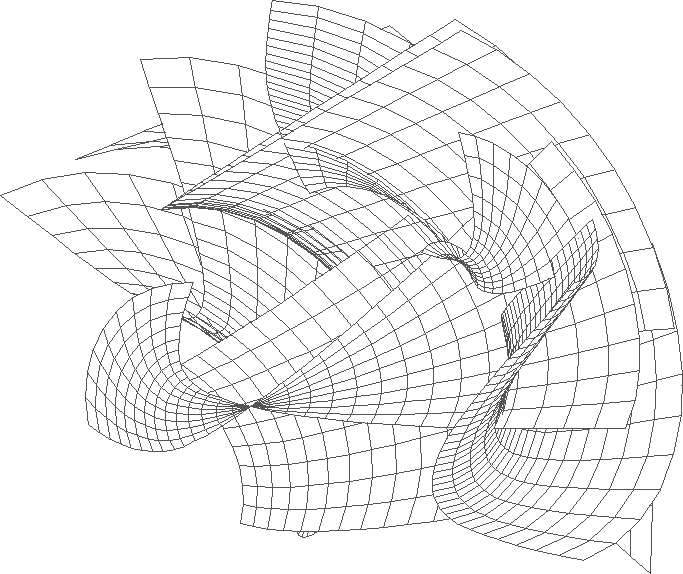
And adding the 'unexpected' thinking, imagine the image above as the 2-dimensional 'grid' plan of a city. It's like actually stepping out of the mimicry.
What I mean here by "actually stepping out of the mimicry" is that even the image above is a form of mimicry in that it really isn't a bunch of 3-dimensional curved surfaces in space, rather a coherent group of lines that when perceived cause our brain to imagine a bunch of 3-dimensional curved surfaces in space. To see these lines as a grid plan of a city, however, you really have to adjust your imagination. And I'll say that it is within that act of "adjusting the imagination" where the crux of design happens.
I also asked, "Does it still just boil down to a sophisticated play of/with geometry?" I'd say that for the most part yes, in that the base is (many) points in space. Algorithms are used to define the surfaces between the (many) points in space. Super-fast computation puts all this sophisticated geometry in flux (and potential manufacture). Script writing, or lets say the process, is here a continual "adjusting of the imagination"--literally continually adjusting the image--and that is why is it now easy to believe that process is indeed also design.
I now wonder if the process/design of parametrics is better described as 'artificial design' because it still lacks the ability to imagine itself differently than how it is programmed to imagine itself.
| |
2012.05.24 18:06
the ethics of parametricism/emergent architectural thought and reification
I somewhat feel the need to make clear that my view of parametrics and biomimetics is largely based and focused on the images that each 'discipline' generates. I played with the notions of imagination as the computational construction of images and imagination as the mental construction of images. I understand that there is also the potential to manufacture the computational images, but such manufacture is not exclusive to parametrics or biomimetics--I have a lot of 3d data that could be manufactured, and most of it is not parametric or biomimetic.
tammuz, it's unfortunate that your OP is not seen for the constructive criticism that it is--essentially drop the metaphors and use the skill sets toward real world applications or at least toward an applicable theory of building/architectural design.
I thought you might be referring to Somol, Whiting, etc., but what actual designs reflect their 'theory'? (I'm asking because I'd then better understand your point.) I personally find OMA's Patent Office, as featured within Content (2004), to be a much more relevant example of design theory for today. Plus just taking note of current design trends, for example:
appositional:
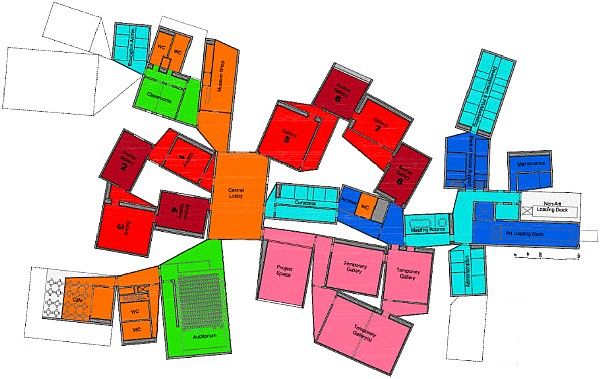
voxelation:
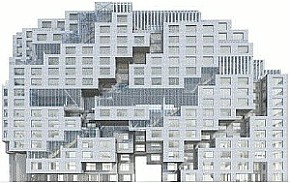
stacked extreme cantilevers:

mat/box/blob combinations:
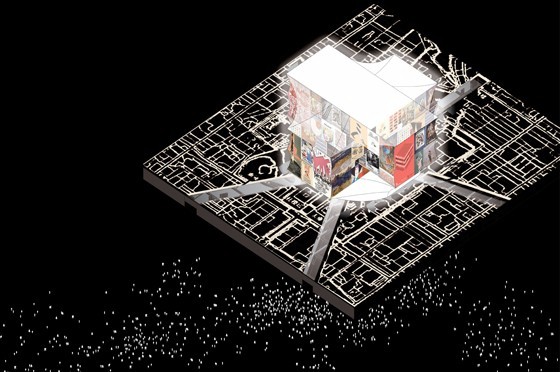
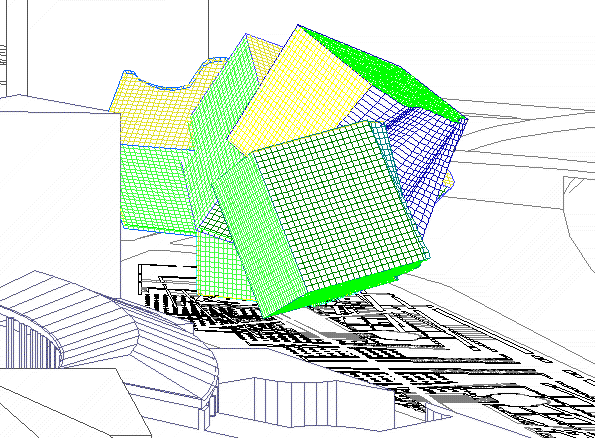
Zaha Hadid Architect's Guangzhou Opera House certainly sets a high standard for parametric design. From what I know of the building, I like, and indeed marvel that such a building is possible to build (although there are post-construction problems like leaking and apparently many granite panels have/had to be replaced):
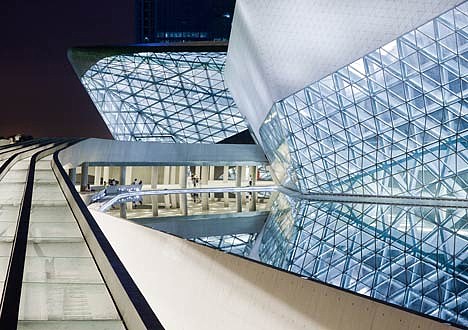
For me personally, I'd like to see parametric design (and biomimetic design) less a closed, hermetic system, rather mixed with other current design trends.
ps
Thanks Xenakis for your last pdf link; I'll use the plans of the Phillips Pavilion to try to construct a CAD model of the pavilion.
|